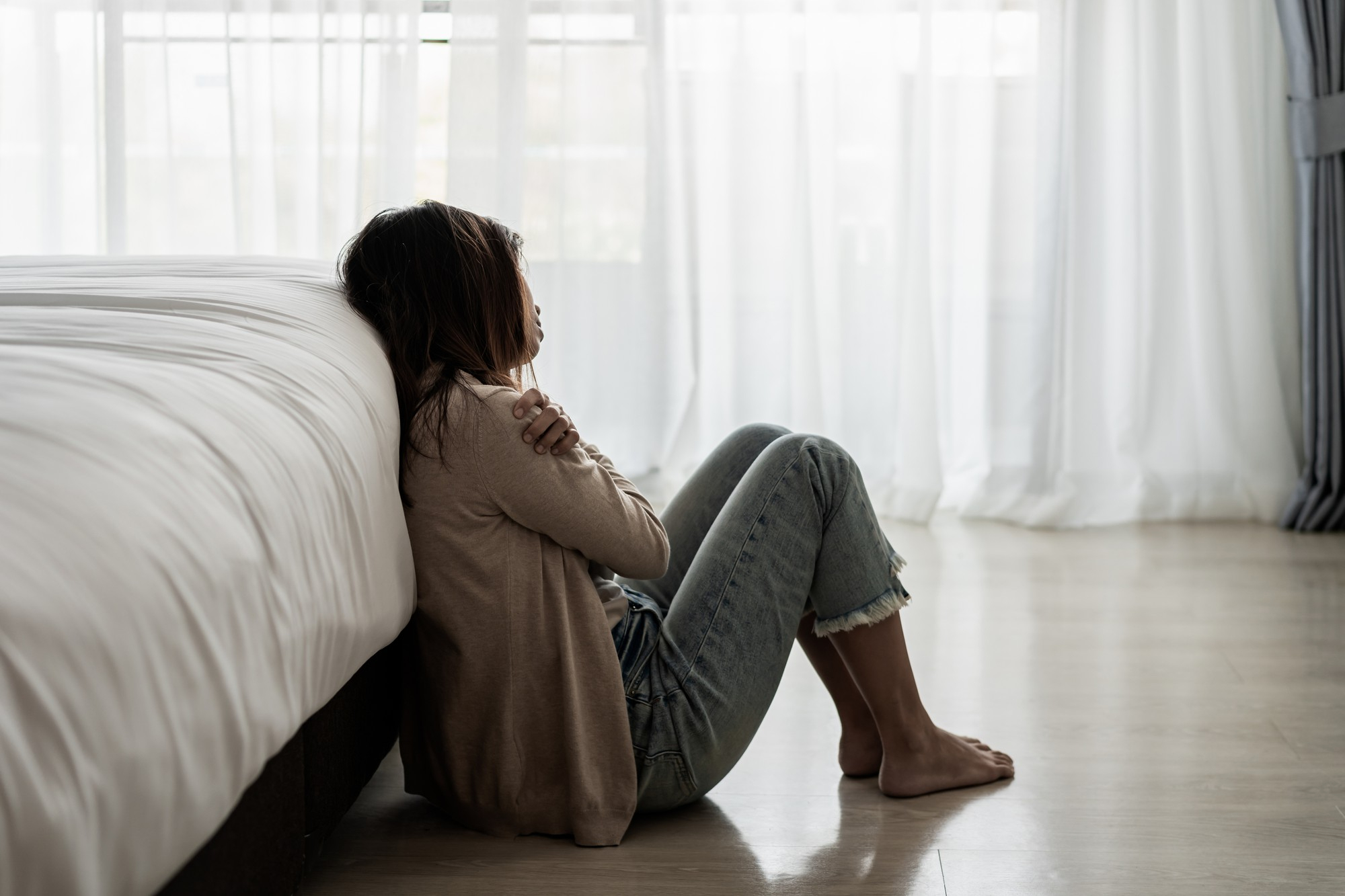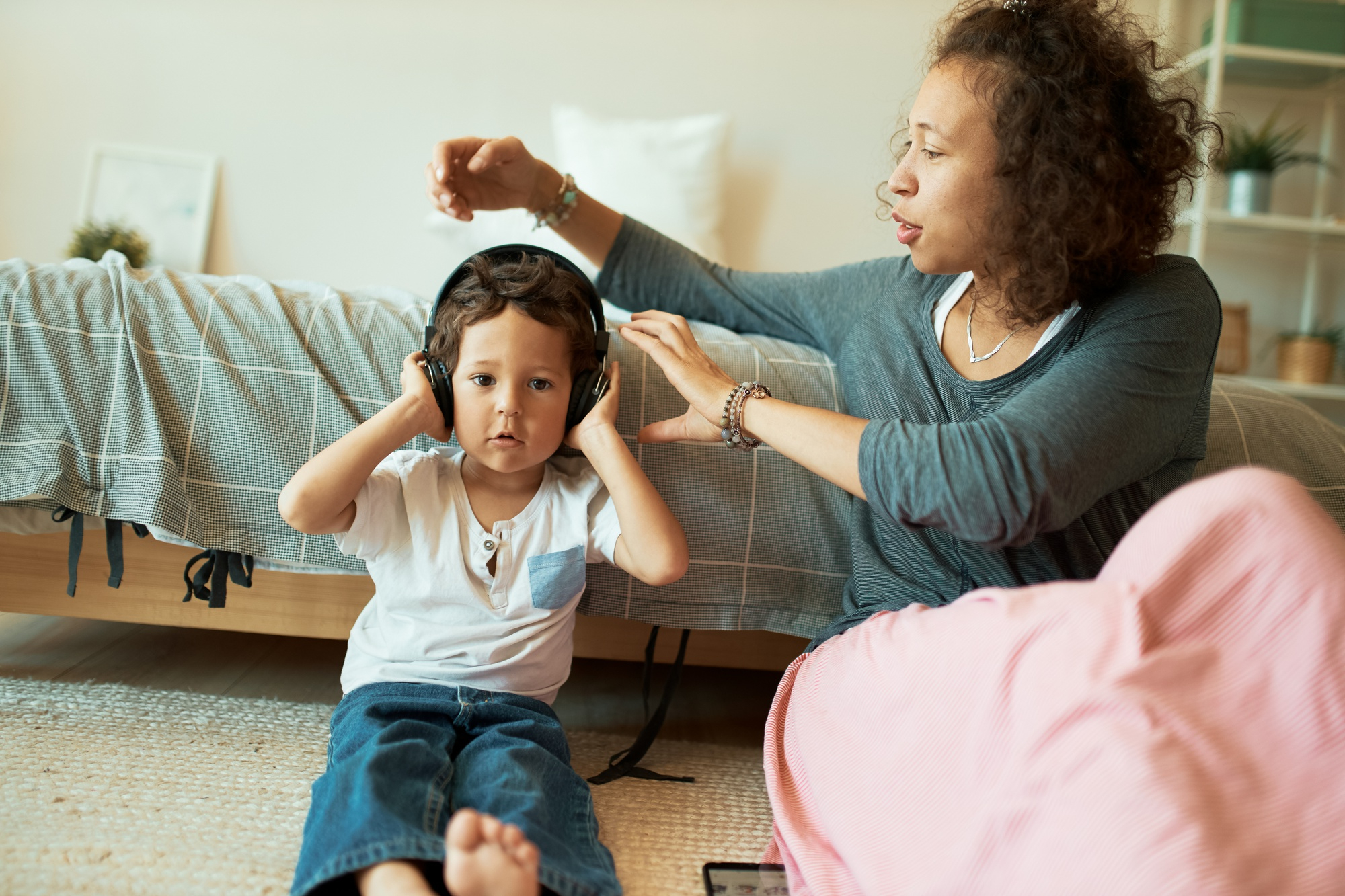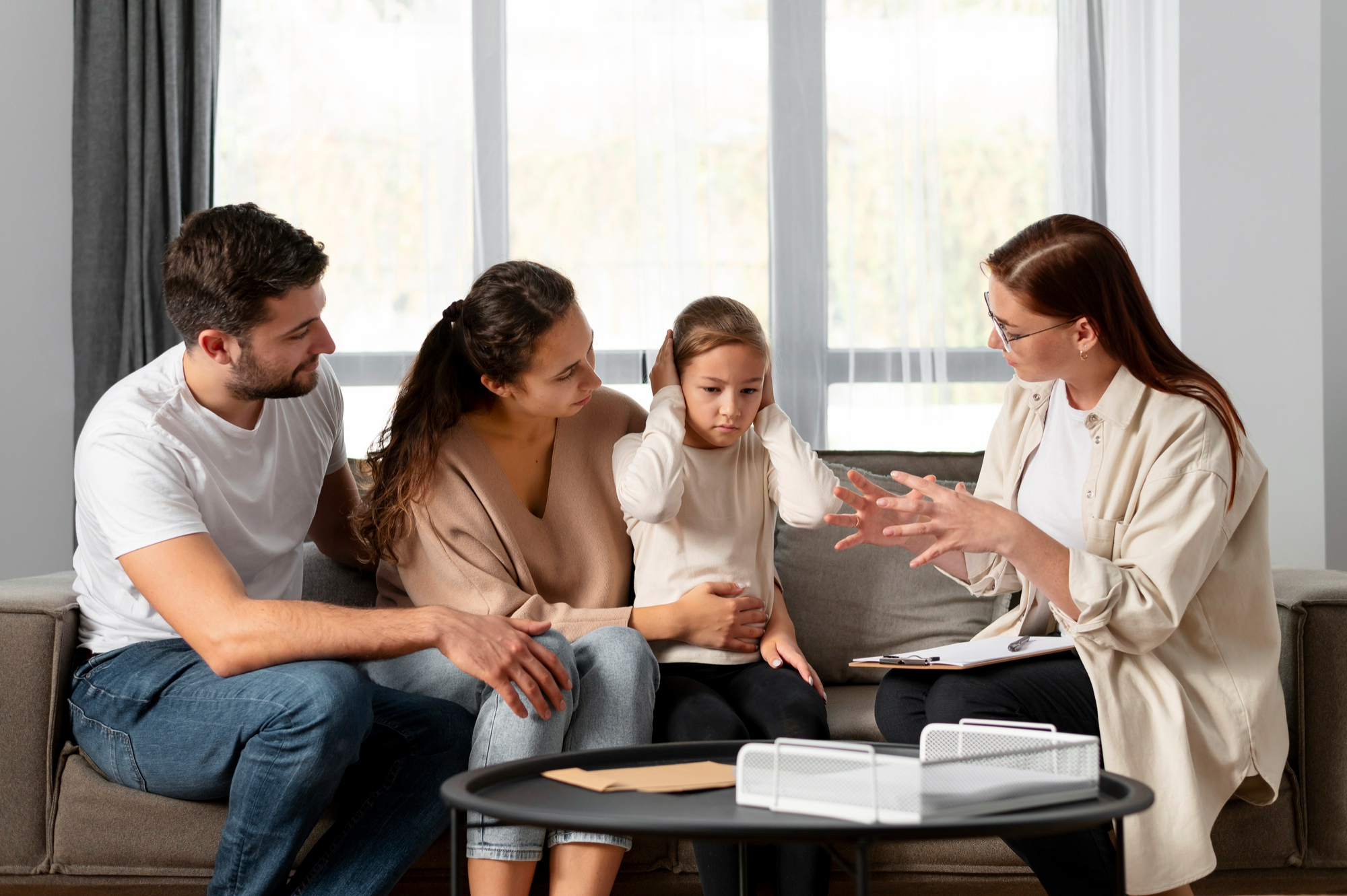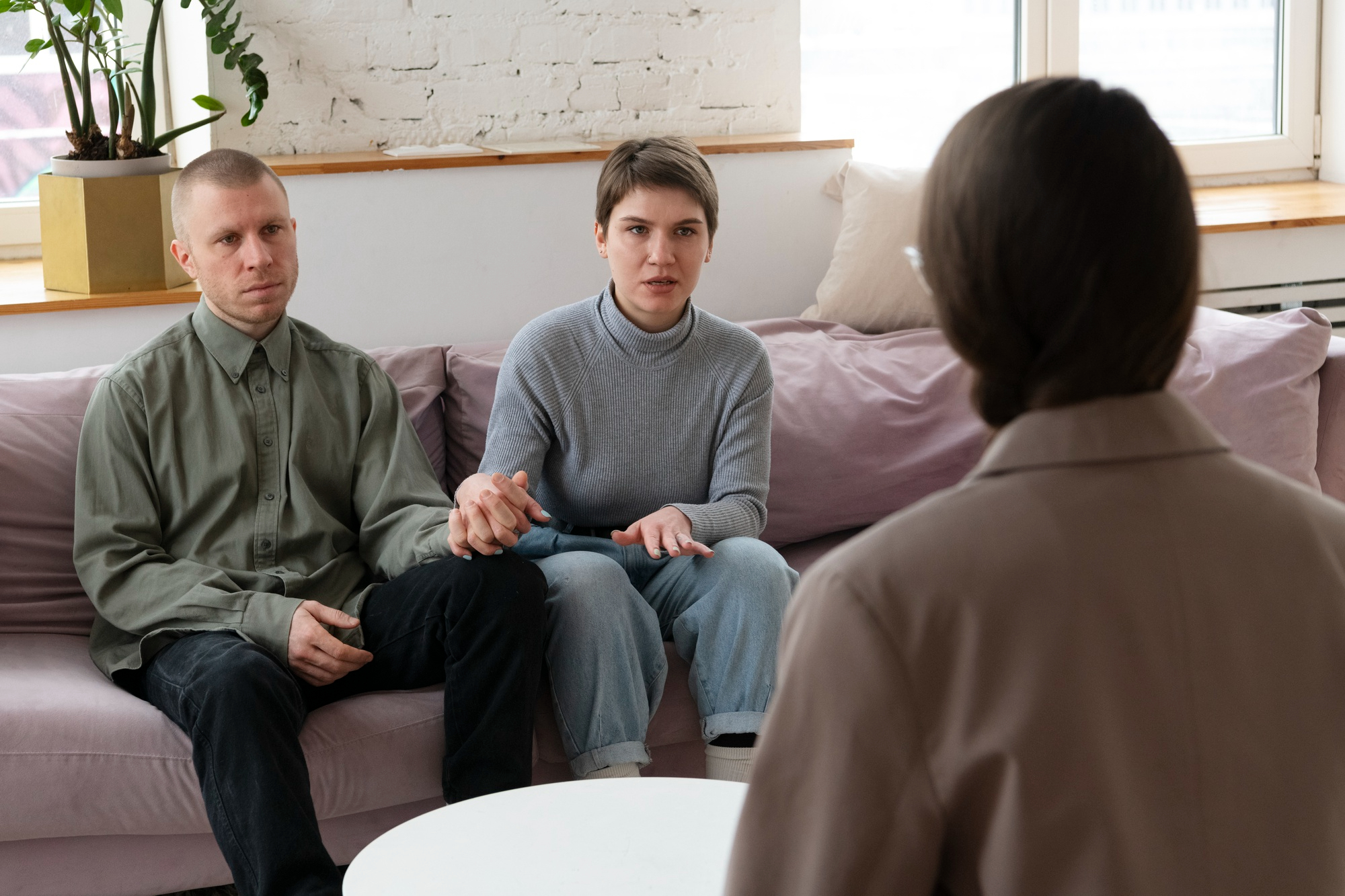Let’s talk about love! Love is one of the defining emotions of being a person, something that only us humans can do quite the way we do it. There are countless songs, films, and books about the topic. It’s the number one most-used hashtag of all time. It’s something we all seek out in our life. Yet despite the near-universality of love, each of us tends to express it in a very different way.
While it’s hard to intellectualize something as unique, intangible, and emotional as love, we can broadly break down the ways we love and attach ourselves to others into four main categories. In this guide, we’ll explain the 4 main attachment styles of love, and go over where, how, and why you might be able to improve yours to become a better partner and a happier person.
What is an Attachment Style?
An attachment style is the way an individual reacts and behaves when it comes to their emotional needs and getting them met. Typically, we develop our attachment style as children as we learn from relationships around us. The attachment of our parents can play a big part in this development, but observing other relationships during this time can also affect the way we attach ourselves later on.
One important thing to note is that these four main styles of attachment do not cover every single person. There’s usually a lot more nuance to the way we express and receive love. However, these categories act as a great starting point, helping you become more self-aware and introspective, helping you get better at being in a relationship.
The 4 Kinds of Attachment Styles
To understand the different ways that people can connect romantically, we need to break down behaviour and reaction into four broad categories. These labels are a great way to begin to understand yourself and others a little better.
1. Dismissive-Avoidant
People who are dismissive-avoidant in their attachment style tend to think more positively of themselves than other people. They usually value their independence and self-sufficiency above all else, particularly when it comes to their emotional well-being. This means that they stick firmly to the belief that they don’t need a relationship to be happy, and will ultimately be okay alone if needed.
People with this form of avoidant attachment style have a strong aversion to depending on others or having others be dependent on them. They usually don’t look for approval or support in social settings at all, and prefer to be self-sufficient whenever possible. Signs of a dismissive-avoidant attached person in a relationship might include:
- Avoiding intimacy and emotional closeness
- Reluctance to be vulnerable with a partner
- Drawing away from a relationship if they feel a partner is overly relying on them
- Hiding, suppressing, or masking their emotions in difficult situations
People with a dismissive avoidant attachment style tend to bounce back after breakups, since they haven’t lost sight of their own value as an individual. However, it can lead to issues in a relationship—intimacy, vulnerability, and connection are essential for a partnership to thrive, meaning this attachment style may struggle to maintain relationships.
2. Anxious
Anxiously attached adults often have a negative view of themselves and a positive view of other people—especially partners. This leads to a feeling of unworthiness, as if the person doesn’t deserve love and affection as much as others. This can lead to huge fears and anxieties about being abandoned by a partner, since they often don’t feel complete on their own and fear that they’ll never find anyone else.
People with anxious attachment styles all express it differently, but there are a few common signs which can range from positive quirks to negative behaviours. These include:
- A strong desire for security and affirmation in relationships
- A need for regular care and attention from their partner
- Clinginess to ease feelings of insecurity
- Being extremely preoccupied with the relationship’s status
- An ongoing need for reassurance from their partner
To sum it up, people with anxious attachment styles tend to greatly value their relationships. They’ll go far for their partner to ensure the relationship is solid. At the same time, it can lead to an overdependence on another person, and might even cause someone to compromise their values or needs in the interest of keeping the relationship happy. It can often lead to ongoing worries that their partner is less invested, and can generally create a sense of unease and insecurity as time goes on.
3. Fearful-Avoidant
A fearful-avoidant attachment style is known for ambivalence and inconsistency in their behaviours and reactions. People with this attachment style tend to shift between traits of anxious and avoidant attachment depending on their mood and the situation.
Because fearful-avoidant attachment traits can vary so dramatically, it can often lead to confusion and frustration in a relationship. For these people, relationships are a source of both security and fear. They want intimacy with another person, but also find it scary or overwhelming to trust and depend on others. Signs of a fearful-avoidant attachment style in a relationship might include:
- The desire to feel extremely close or extremely distant from a partner
- Extreme difficulties with vulnerability
- Low self-esteem
- Fear and anxiety about getting close to people
- Avoidance of relationships due to fear of getting hurt and/or rejected
Sadly, a fearful-avoidant attachment style is common among people who experienced trauma (such as abuse or neglect) during their childhood—though it can develop in other circumstances as well. Life can be tough for people with this attachment style, since it can cause inner turmoil when it comes to relationships and intimacy.
4. Secure
The last main attachment style is simply known as ‘secure’. Unlike the other three styles, which are based on some form of insecurity, a truly secure attachment means a person allows themselves to rely on their partner, and in turn allows their partner to rely on them.
People with a secure attachment style have a healthy perception of themselves and others. They recognize the importance of honesty, vulnerability, and intimacy in a relationship, and can therefore express their emotions properly. Signs of a secure attachment style include:
- Thriving in relationships, but also being comfortable alone
- A positive view of yourself and others
- Recognition and acceptance of what a partner can provide in a relationship
- Able to identify and manage the emotions of yourself and your partner
A secure attachment style is the most ideal way to approach a relationship. It allows you to open your heart to all the good that a partner can add to your life, without getting hung up on fears of abandonment or getting hurt.
Shifting Your Attachment Style
Odds are, you can identify with at least some of the traits of one of the above attachment styles. While they likely don’t describe you perfectly, they’re a great way to begin building self-awareness—the first step to change.
Unless you are truly secure in your attachment style (something which is, sadly, quite rare), there’s definitely room for improvement when it comes to the way you connect with others. Working with a mental health professional is a fantastic first step to regulating your emotions, tempering your anxieties, and opening yourself up to vulnerability, intimacy, and love.
At Hopewoods, we’ve been able to help countless people identify their attachment style, set goals for change, and work towards them at a steady pace. We use all manner of methods to make these shifts, including:
- Mindfulness
Mindfulness is the research-backed practice of allowing, identifying, and regulating emotions as you’re experiencing them. This helps you get a better perspective on your feelings, helping you behave in a more secure style of attachment over time. This is a skill that can be honed with practice and support from a therapist.
- Exploration of Past Trauma
As we mentioned, attachment styles are often a direct result of the relationships we’re exposed to as children. In some cases involving trauma in these formative years, it can be useful to explore and work through some of these old pains from the past to support a healthier attachment style in the present. This can be tricky to navigate on your own, but a mental healthcare professional can support you to do it safely.
- Communication Practice
Attachment styles have a huge impact on the way we communicate in our relationships. Sometimes, it’s useful to work backwards, addressing problems with communication in order to adjust the ways we think and behave around relationships. A therapist can be a huge help as you work to practice and improve your communication skills.
- Support with Self-Development
The hallmark of a secure attachment style is self-love, self-worth, and self-respect. This all begins with development of the self into a person that you’re proud to be. A therapist can help you work on yourself as an individual, making you a better partner with an attachment style that serves your relationships.
If you’re looking for support with your relationships and the way you express your emotions, our staff at Hopewoods is here to help. Learn more about yourself and the ways you can become the best version of you by sitting down for an initial assessment.









 by
by